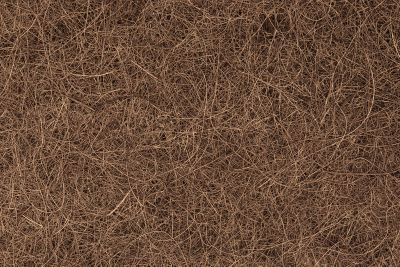Coco peat for plants is also known as coir. It is widely available and a traditional liner for wire baskets.
What is Coco Peat?
Potting soil is readily available and easy to use, but it has its drawbacks. It often doesn’t drain well and may contain peat, which is strip mined and causes environmental damage. An alternative is coco peat soil. Planting in coco peat provides numerous benefits while recycling what was once a useless product. Coco peat soil is made from the pith inside a coconut husk. It is naturally anti-fungal, making it an excellent choice to start seed but it is also used in rugs, ropes, brushes, and as stuffing. Coco peat gardening is also used as a soil amendment, potting mix, and in hydroponic production. Coco coir is so environmentally friendly that it is reusable. You just need to rinse and strain it and it will work perfectly again. In a comparison of coco peat vs. soil, the peat retains much more water and releases it slowly to plant roots.
Types of Coco Peat for Plants
You can use coir just like peat moss. It often comes pressed into bricks, which have to be soaked to break them apart. The product is also found ground into dust, which is called coir dust, and is used to grow many exotic plants such as ferns, bromeliads, anthurium, and orchids. Coco fiber is the brick type and mixed with soil to create air pockets that bring oxygen to plant roots. Coconut chips are also available and hold water while aerating soil. Using a combination of these, you can tailor make the type of medium that each variety of plant requires.
Tips on Coco Peat Gardening
If you buy the type in a brick, put a couple in a 5-gallon bucket and add warm water. Break the bricks up by hand or you can let the coir soak for two hours. If you are planting in coco peat alone, you will probably want to mix in a time release fertilizer since the coir has few nutrients to disperse. It does have plenty of potassium as well as zinc, iron, manganese, and copper. If you wish to use soil and add coco peat as an aerator or water retainer, it is recommended that the product makes up just 40% of the medium. Always moisten coco peat well and check frequently to keep up on plant water needs.
